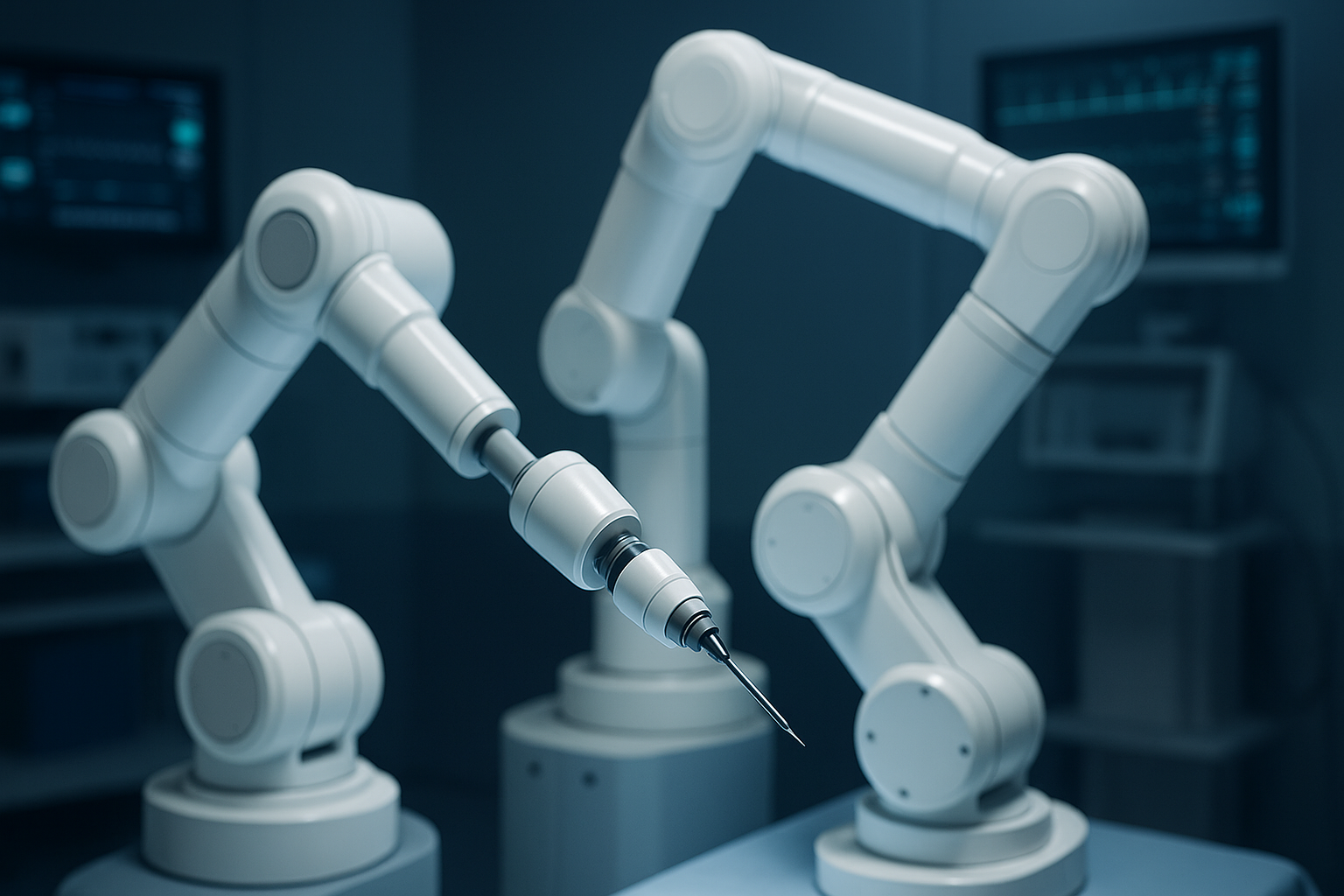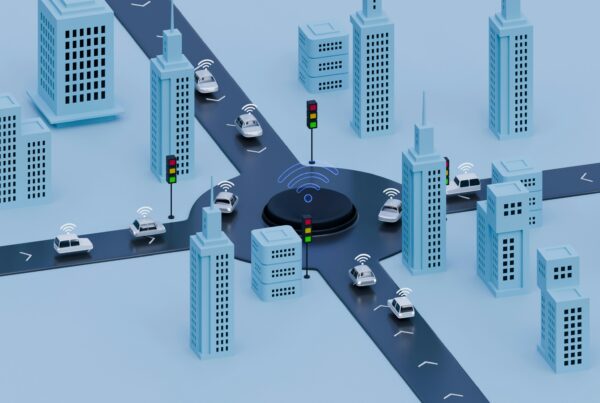Dr. Robo: The Rise of Robotics in Surgery
The integration of robotics into the surgical field isn’t just a technological leap; it’s a transformative shift that’s redefining modern medicine and saving lives.
In the past decade alone, robot-assisted surgeries have surged by over 400%, with more than 1.2 million procedures performed annually in the U.S. This rapid growth signals a clear message: robotic technology is not the future of surgery; it’s the present.
How Surgical Robotics Are Revolutionizing Healthcare
1. Precision Like Never Before
Surgical robots offer sub-millimeter accuracy, minimizing damage to surrounding tissues. This level of precision is especially critical in complex or delicate procedures, where a steady hand guided by a robot can make all the difference.
2. Faster Recovery, Shorter Hospital Stays
Thanks to minimally invasive techniques, patients are experiencing up to 50% shorter hospital stays. Smaller incisions mean quicker healing times, allowing patients to return to their normal lives sooner.
3. Fewer Complications and Less Pain
Clinical studies consistently show a reduction in post-operative complications. Patients also report experiencing less post-op pain, which often leads to reduced reliance on pain medications and improved overall outcomes.
Enhancing, Not Replacing
A common misconception is that surgical robots aim to replace surgeons. In reality, these systems are designed to enhance the surgeon’s skill, offering tools that improve control, visibility, and precision. The human touch remains essential, and robotics simply help make it even better.
Welcome to the Era of Surgical Robotics
As technology and medicine continue to merge, we are entering a new era of efficient, accurate, and patient-centered care. Robotics in surgery is not just an innovation; it is a revolution in how we heal.
If you’re hiring or looking to venture into robotics, autonomy, or intelligent mobility contact ben@akkar.com.







